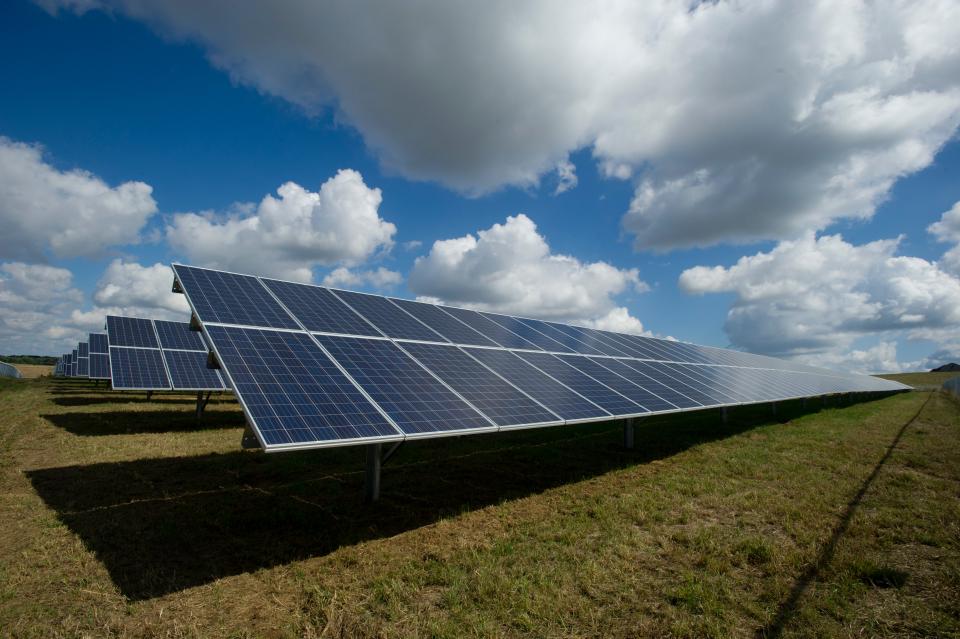
The scientific consensus is that climate change will touch all our lives in the 21st century. Because commercial buildings and their construction currently account for about 39% of energy-related carbon dioxide emissions and project a continued growth at 2% per annum, commercial real estate can be of service in solving this problem.
Excluding federally mandated initiatives, there are things noted below that state and local governments, building owners, property managers, and engineers can do to reduce the carbon footprint.
- Create a system of development incentives for greener buildings that can also offer financial motivation to retrofit older properties
- Expand the Property Assessed Clean Energy financing “PACE” (Oklahoma does offer it; however, it does not have any active PACE programs nor has it established carbon pricing policies.)
- State funding for clean energy research and development in collaboration with State Universities
- Reduce the use of carbon-based energy by integrating passive energy supplements such as green roofs, solar and wind generators, and geothermal.
- Green, municipal infrastructures including creating vegetative canopies, permeable pavements, and green, pedestrian-friendly streets.
- Accelerate the adoption of LED lighting.
- Design buildings to take advantage of solar and wind flow along with using wooden construction materials. Wood is a carbon-capturing plant that can be re-grown, and with the new laminated, fire retardant products, it is a viable alternative to metal in many instances.
Some ideas are better than others, and none of the above represents an endorsement by Price Edwards & Company. However, an issue as critical as the Earth’s changing climate should demand at least a review of our processes and how they might affect future generations.









